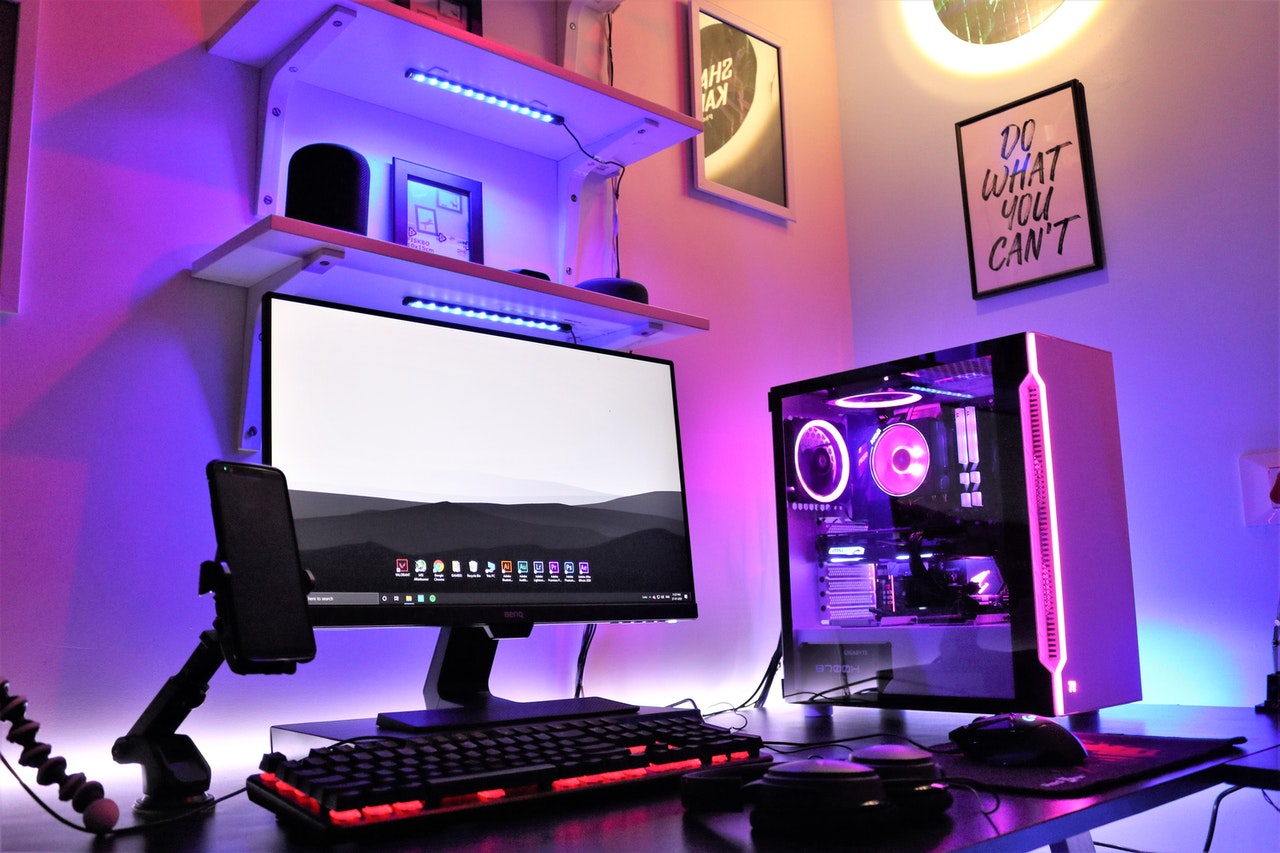
The latest video games in the market can be very demanding for your hardware components, especially your graphics card. Games usually require you to increase the game performance and FPS. However, not everyone can afford to upgrade their video graphics card every time a new game is on the market. But there are specific tweaks you can do to improve the performance of your graphics card.
Here are tips and tweaks on how to improve the performance of your graphics card and enhance your gameplay experience on your gaming PC:
- Update your GPU driver.
- Stop the Nvidia Streaming Service.
- Disable the GPU Anti-aliasing and V-Sync.
- Increase your RAM.
- Upgrade to an SSD.
- Improve your PC’s airflow.
- Use Game Booster software.
1 – Update your GPU driver.
Remember to regularly update the graphics card drivers of your gaming PC. Whether using an Nvidia or AMD graphics card, keep their drivers up-to-date. Also, you need to update the motherboard chipset driver and other software drivers to make your Intel processor more responsive. Your game performance and frames per second (FPS) will improve by upgrading to the latest software drivers.
You can choose to manually upgrade the graphics driver software on your gaming PC. However, if you think this takes too much of your time, you can choose to download software that automatically updates your PC drivers. There are free software programs you can download that does this feature.
2 – Stop the Nvidia Streaming Service.
Another tweak to improve your current FPS is by stopping or closing the Nvidia Streaming Service. According to some users, the recent Nvidia Drivers update has caused a slight performance issue caused by their streaming service getting a higher CPU usage. This service works by trying to stream the game to the Nvidia shield. So it will help you gain a few percent of FPS when disabling the Nvidia Streaming Service.
To disable the Nvidia Streaming Service, you can follow these steps:
- Open the Task Manager from the Start Bar.
- Click on the Services tab.
- Look for the Nvidia Streamer Service.
- Click on the properties.
- Disable the program at the Startup.
Disabling this program will help PC gamers improve the performance of their unit. However, note that updating your Nvidia driver can enable the feature again. So make sure to double-check the program and disable it after every driver update.
3 – Disable the GPU Anti-aliasing and V-Sync.
If you’re using an AMD Radeon GPU, then you might have experienced sudden FPS drop and GPU throttling from time to time. If you do, then this might be because of the driver’s optimization from the recent update. One that can help you fix this issue is turning off your graphics driver’s VSync and Antialiasing. This will help increase the FPS.
You can either turn AA off or, if not, then lower it to a minimum setting. Turning off the HBAO/SSAO/MSAA or adjusting it to its lowest setting can give you better FPS if that is your issue. You can definitely try doing this when playing games that demand too much from your graphics card, like GTA V.
4 – Increase your RAM.
While it may cost you money, upgrading your RAM will help your GPU perform better and faster. If you play the latest game in the market, we suggest upgrading your RAM to a 16GB or 24GB setup. This will help increase the processing speed and improve the loading time of your video games.
Upgrading your RAM will also put less stress on your other hardware components when playing high-demanding games that require too many resources.
5 – Upgrade to an SSD.
Another hardware you can upgrade to improve the performance of your graphics card is your hard disk drive. If you’re using one, we definitely recommend upgrading to an SSD. Aside from saving a lot of space inside your CPU, it has a faster read/write rate than hard disk drivers (HDD). This will significantly improve your gaming PC’s loading time and processing speed. You can always use your prior hard disk drive as an additional storage disk for your unit.
6 – Improve your PC’s airflow.
A common issue that may be causing problems to the performance of your GPU and processor to reduce overtime is the airflow of your unit. GPU and CPU processing can work overtime when loading high-demand video games, causing them to heat faster than normal. This heat reduces their performance over time, which a user will notice.
You can fix this issue by cleaning your PC and ensuring that there is no dust covering its fans and ventilation. If the same issue persists even after cleaning the unit, you can choose to add more fans to your gaming PC or upgrade it. You will see less throttling and better PC performance when your hardware runs at better temperatures.
7 – Use Game Booster software.
Last but not least, consider installing and using Game Booster software. There are several programs online that you can download and install that can boost the game performance of your unit. You can search online for some of the best game booster programs compatible with your unit.
If you don’t want to use Game Booster software, you can always choose to enable the Game Mode On of your PC if you’re using a Windows 10 or Windows 11 operating system. By enabling this feature on the Control Panel, your unit will optimize its resources for the current video game.